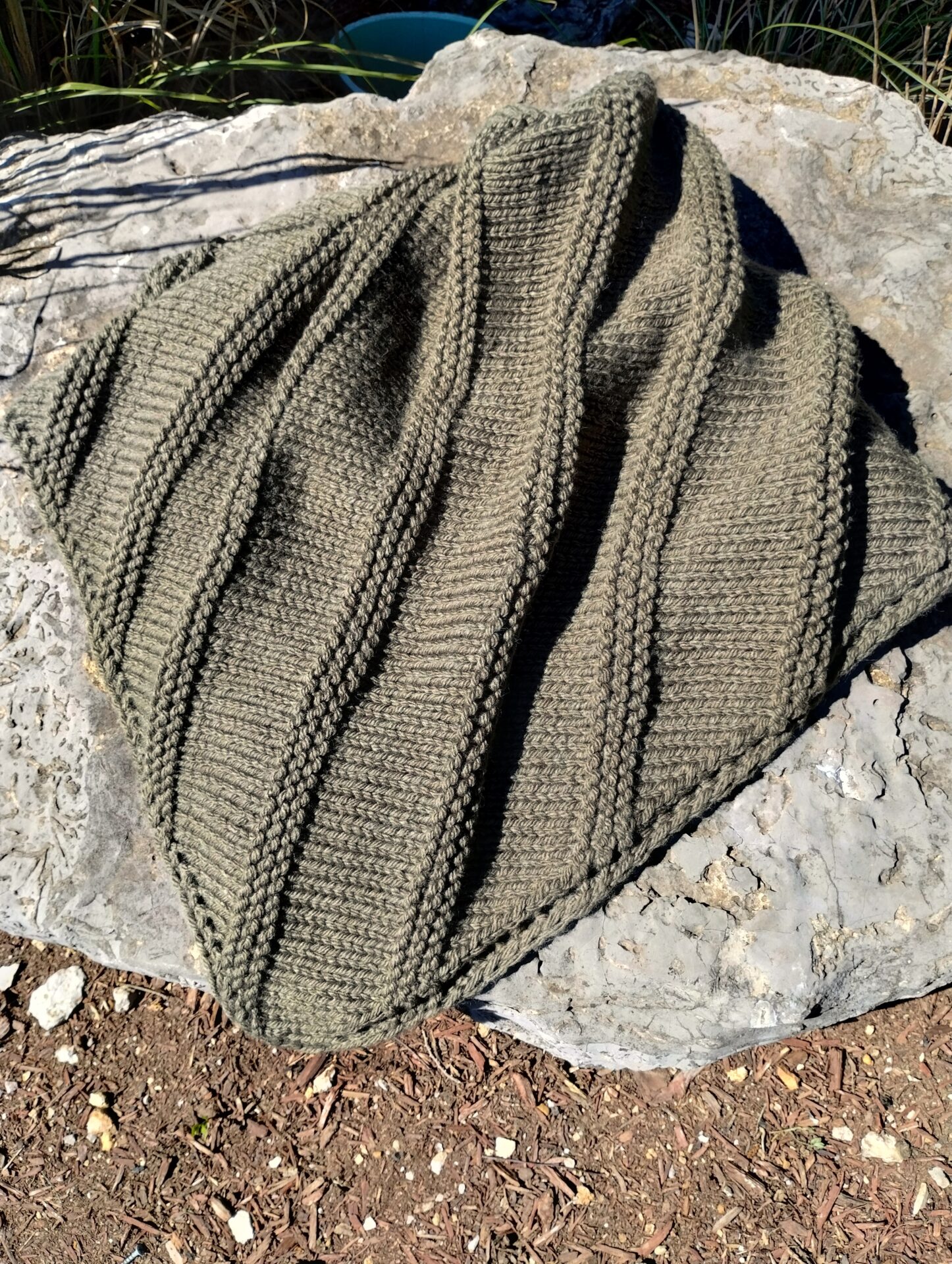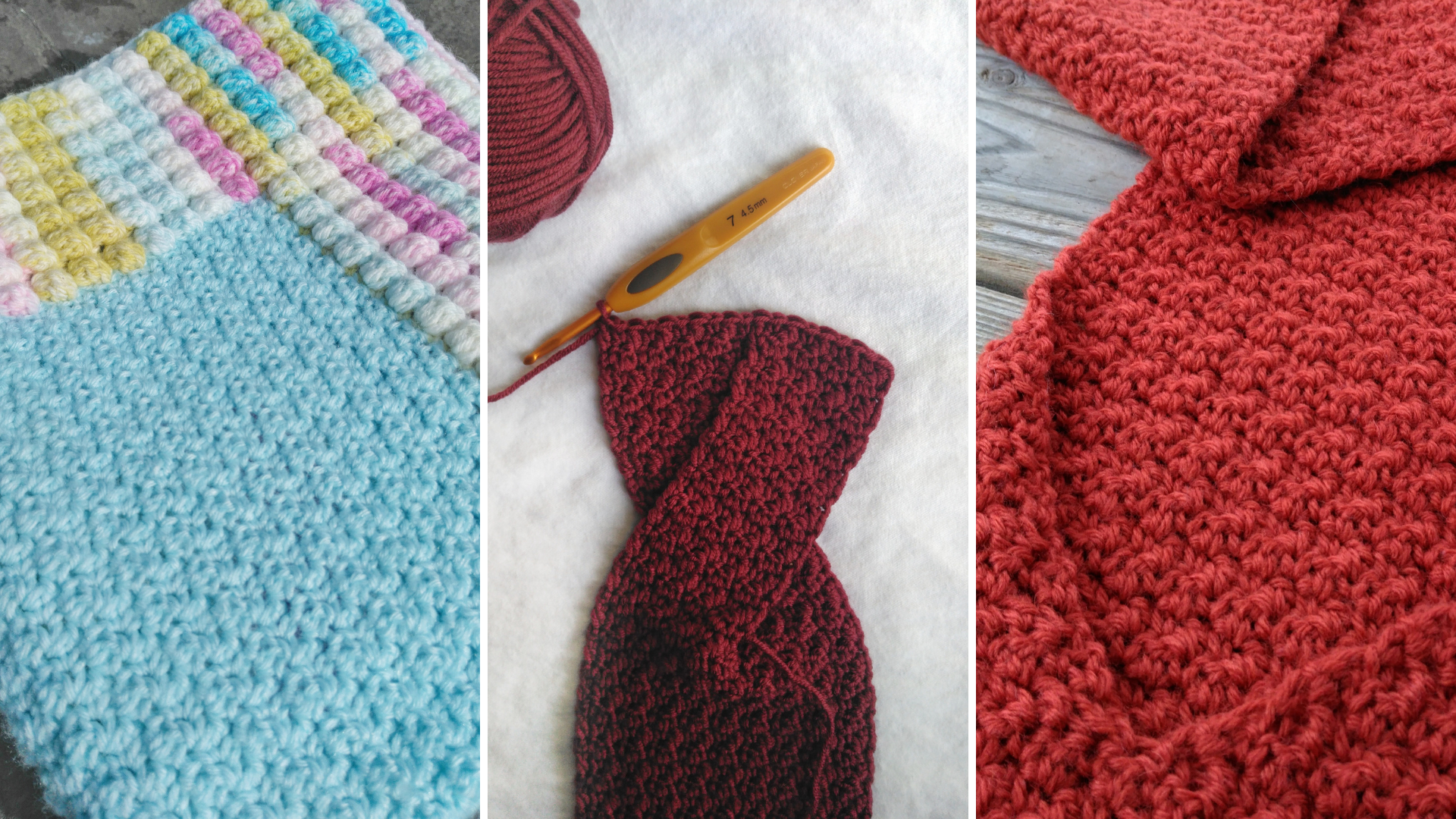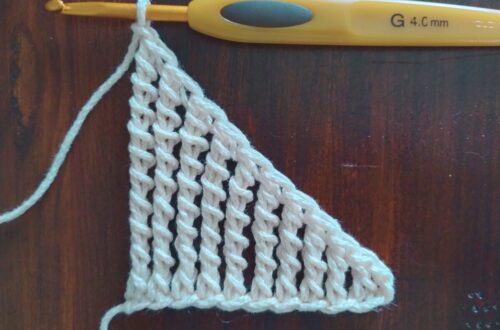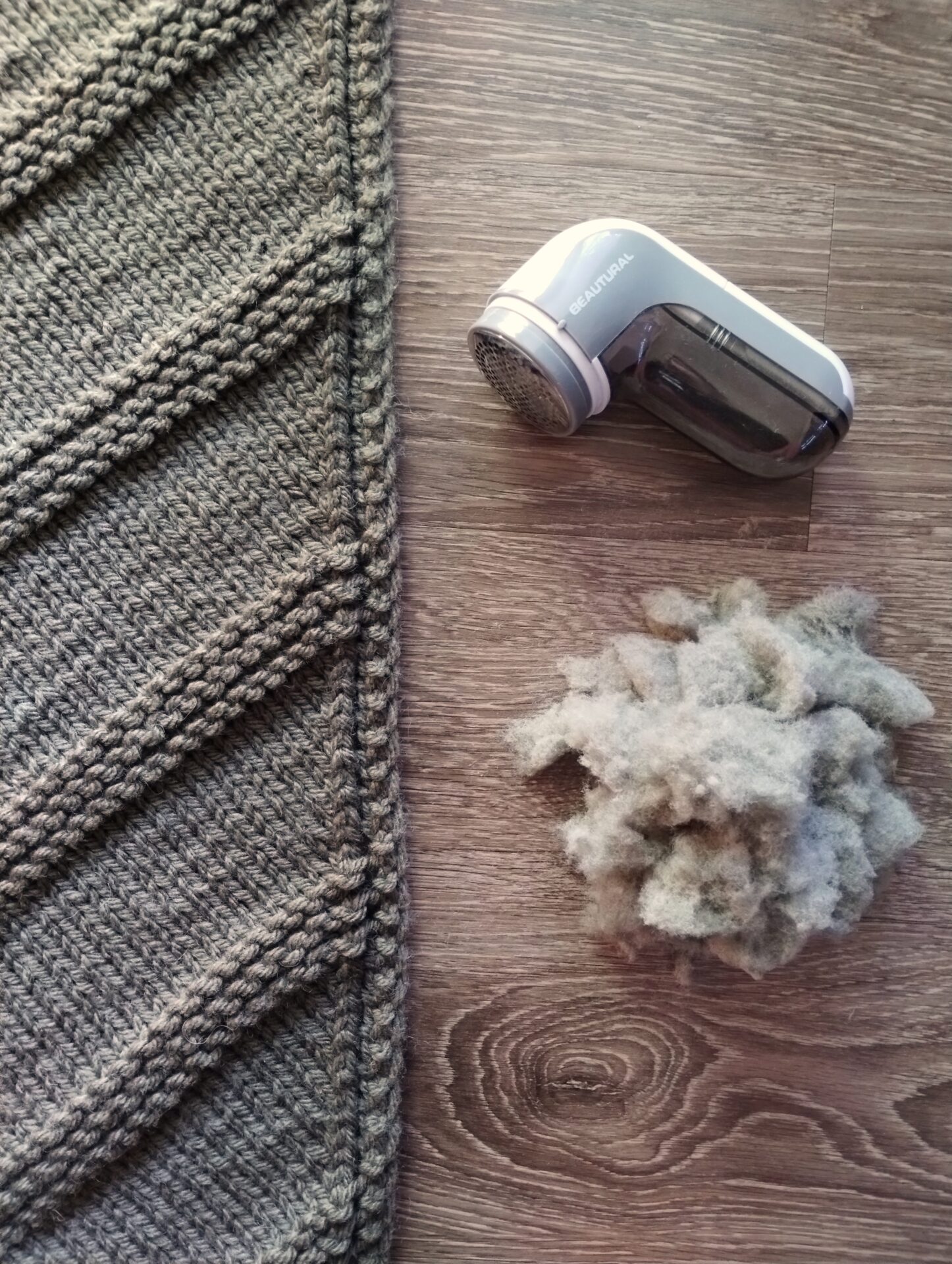
Best Way to Remove Pilling on Your Handmade Makes
Last week I shared a new free knitting blanket pattern. What I didn’t share is the awful amount of fabric pilling I had to deal with after I machine washed it. But good news, today I’m sharing the best way to remove pilling from your handmade makes after washing.
TL;DR: This fabric shaver and lint remover is how I removed all the fabric pills from my knit blanket with ease and kept the fabric perfectly intact! Keep reading for more information and other methods of removing pills.
This post contains affiliate links. As an Amazon Associate I earn from qualifying purchases. Click here to see my disclosure policy.
What causes pilling on fabrics?
So what is the cause of those annoying little fuzz balls? There’s no one size fits all answer but let’s discuss some of the reasons different fabrics pill (and some more than others).
Pills consist of tiny excess fibers that become twisted or tangled on the surface of the fabric. Fabrics that consist of shorter fibers like wool, acrylic, cotton, and polyester are more prone to pilling than fabrics with longer fibers like linen, denim, or silk. Although it’s not always easy to predict which fabrics or yarns will pill more than others, the type of fiber it’s made with definitely plays a part.
Areas that receive the more friction or abrasion tend to create more pills. Rubbing against itself or external surfaces will contribute to loosening fibers and creating those tiny lint balls. For blankets this isn’t going to play a huge factor, but with wearables you’ll likely find more in the armpits, around the collar, and other high friction areas.
Washing your handmade makes in the washing machine can also play a part in creating loose threads. Whenever possible, it’s recommended to hand wash your knit and crochet makes and don’t wring it too hard when laying out to dry.
Another factor is the tension of the fabric. The looser a fabric’s tension is, the more likely it is to pill. Using a tighter tension or smaller yarn and hook/needles for tighter weaves can lessen the amount of pilling that occurs.
The image below shows the blanket I made after washing with the left side untreated and the right side treated with my fabric shaver and lint remover. See later in the post for a close-up.
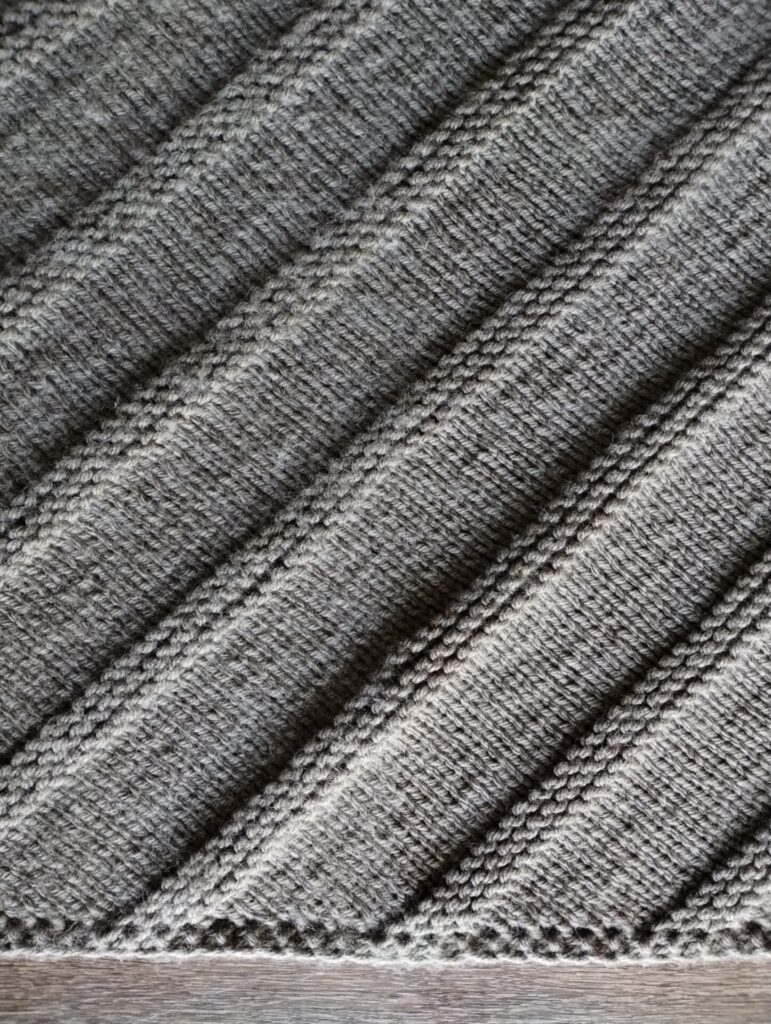
Removing Pills from Handmade Makes
The best way to remove pilling that I’ve found, and I think maybe the most effective way, from delicate items like handmade knits is with a handheld fabric shaver. It’s a small handheld device that’s battery operated and “shaves” or cuts the pills and loose fibers off as you glide it over the fabric.
I was terrified to use it at first! After spending hours and hours knitting this blanket, taking blades to it did NOT seem like the best solution to the lint/pilling problem. I was so scared that I was going to ruin the fabric and all that hard work would go to waste. Luckily, I was proven wrong!
While using the shaver, I found it easiest to use it with the blanket laid out on a hard flat surface (my laminate flooring was perfect) and to use it in a small circular motion. The image below shows a close-up comparison of before and after using the electric fabric shaver and lint remover. This is the exact same image on both sides with one side having been treated and the other not. Isn’t that an amazing difference?!
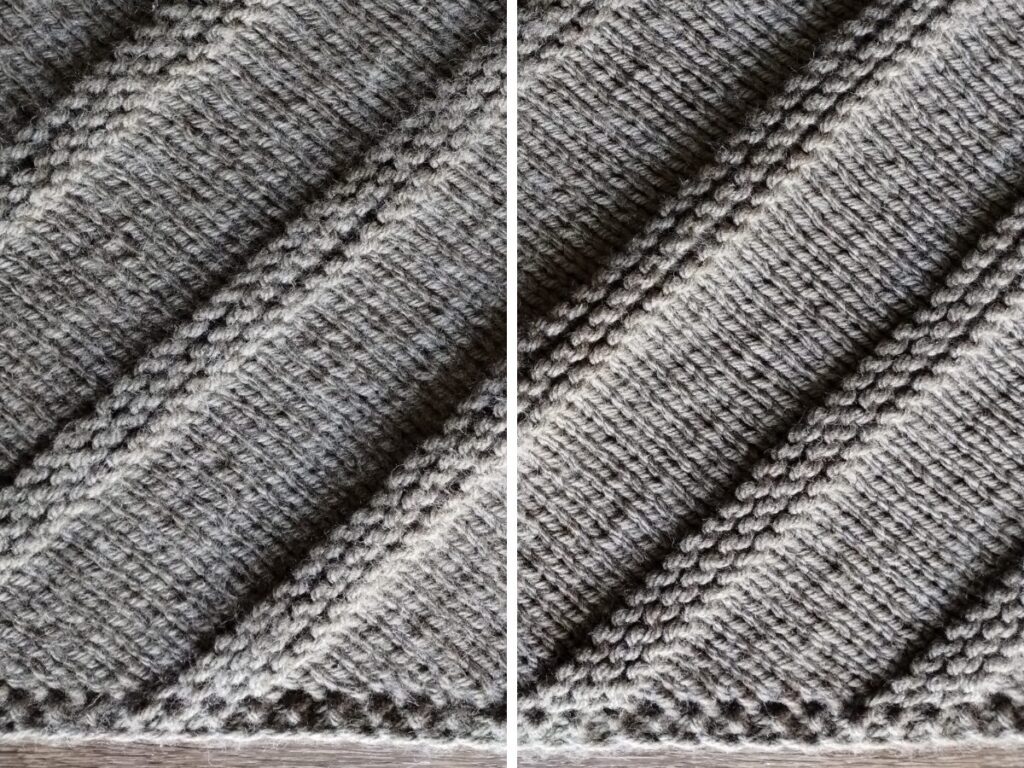
Alternative Methods
Now let’s explore a few alternative ways to remove that pesky pilling.
- Small Pair of Fabric Scissors – This method is much more time consuming, but you’ll still get similar results and will do in a pinch. Simply use your craft or yarn scissors to trim the pills off of the surface of a fabric to remove those fuzzy balls of lint.
- Pumice or Sweater Stone – You’ve probably used a pumice stone for removing dead skin, but did you know it can also be used to remove lint and pills? Rubbing the abrasive stone over fabric will remove lint and pills. I would think this method would work better with thinner fabrics made with finer yarn.
- Fabric or Sweater Comb – A fabric comb should be used on flat, taut fabric and using quick short strokes. Linked is a multi-pack for different types of fabrics.
- Disposable Razor Blades – Disposable razor blades can also be used to shave lint and pilling off of fabrics. Pull the fabric taut by stretching or pinning it down and shave very carefully over the surface of the fabric. This method will also be better used on thinner fabrics.
After you’ve chosen the best way to remove pilling for your project, you may need to shake out the excess or block your work to get all the little leftovers off or to reshape it.
I think it goes without saying, but please use caution when experimenting with the above methods on your handmade fabrics. The last thing you want to do is destroy that beautiful fabric you spent so long creating!
Helpful Tips to Prevent Pilling
Although none are guaranteed, there are some preventative steps that can be taken to help protect your handmade makes and reduce pilling. Here are a few tips for proper care of your handmade makes:
- Washing in cold water versus warm water is always recommended. Warm or hot water can not only shrink and possibly melt synthetic fibers but also contributes to more abrasion.
- Hand washing is generally preferred for handmade makes when possible. Check the label of your yarn to be sure before putting your handmade fabric in the washing machine.
- If you do wash your handmade make in the washing machine, use gentle wash cycles with a gentle cleanser and don’t overload the washing machine. When the tub is overfilled, clothes and fabrics can’t move around freely which can cause damage to the fibers and result in pilling.
- Sorting your laundry can also aide in prolonging the life of your handmade makes. When I do wash in the washing machine, I always wash them by themselves or with similar colors and fabrics.
- Use fabric softeners. It’s not just for scent! Fabric softener actually softens the fibers making them less abrasive and less likely to pill.
- Air drying or block drying is always the safest way to go. If you do dry in a machine dryer, always use the lowest heat setting and remove the items as soon as possible.
- For smaller items, a mesh laundry bag or tied pillowcase can help protect the fibers and lessen abrasion.
Always use caution when caring for your handmade makes. Delicate fabrics are more prone to damaging and pilling. Check the care guide for your fibers and use your best judgement!
What next?
Now that you’re well versed in how those pesky pills form and how to remove them from the surface of the fabric, you’re ready to make all the delicate fabrics without fear. I hope you found this content on the best way to remove pilling on your handmade makes helpful!
If you’re looking for more patterns, check out all my free crochet patterns and free knitting patterns!
Happy crafting!

